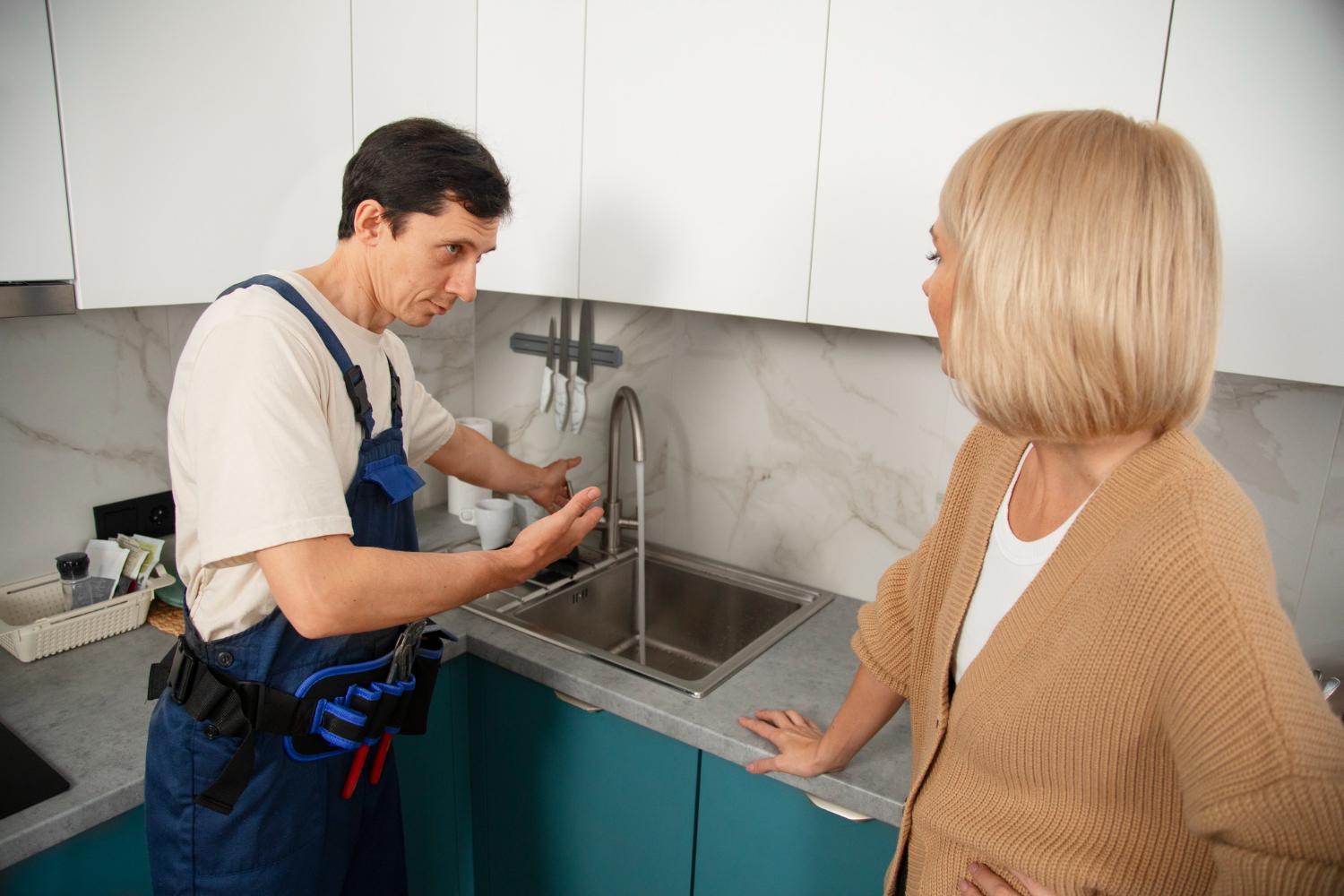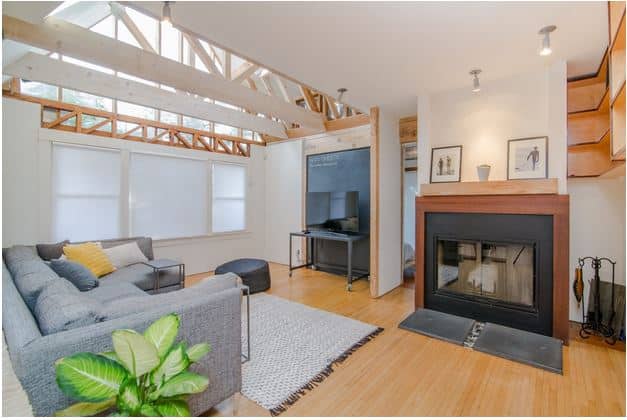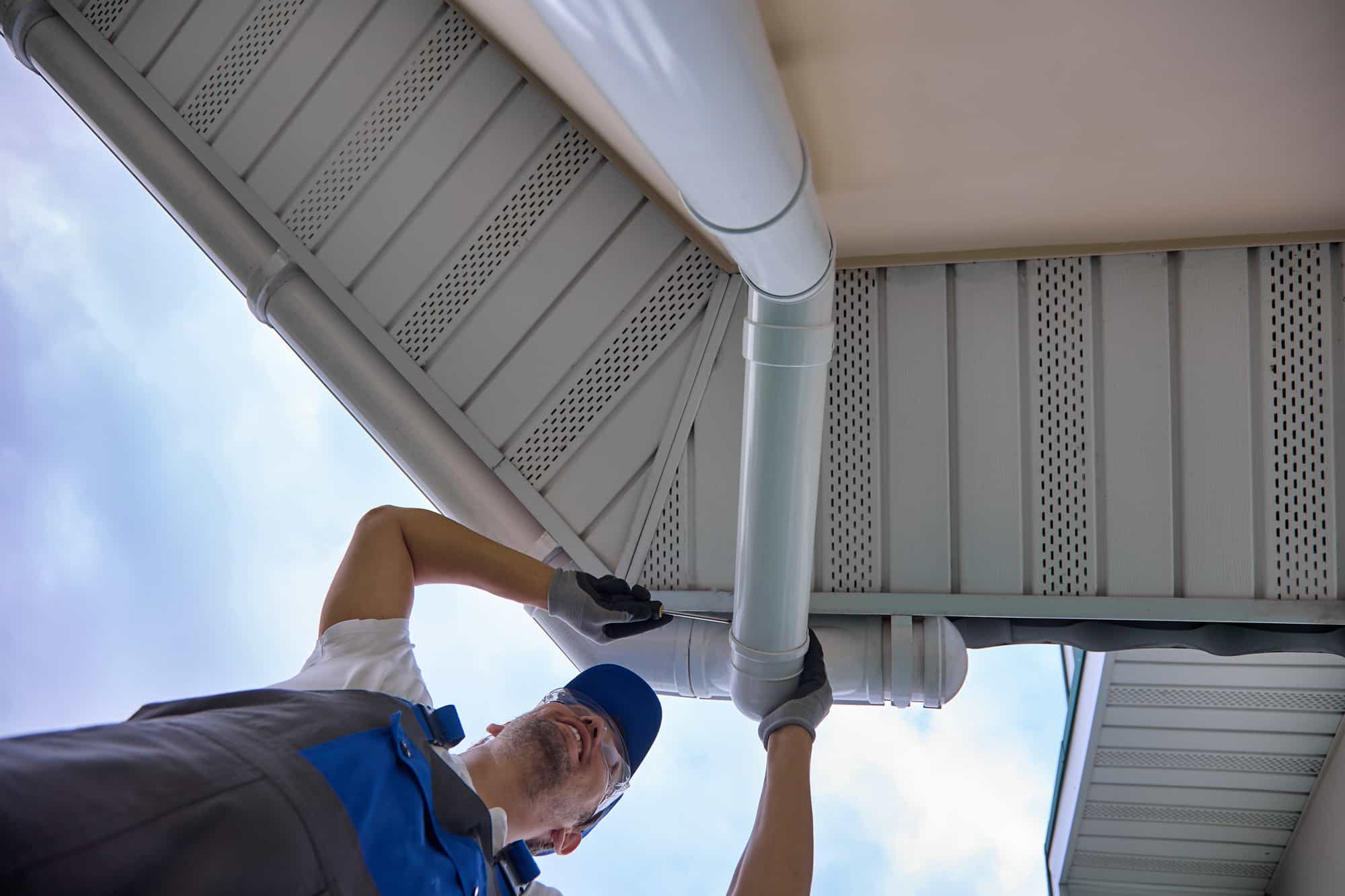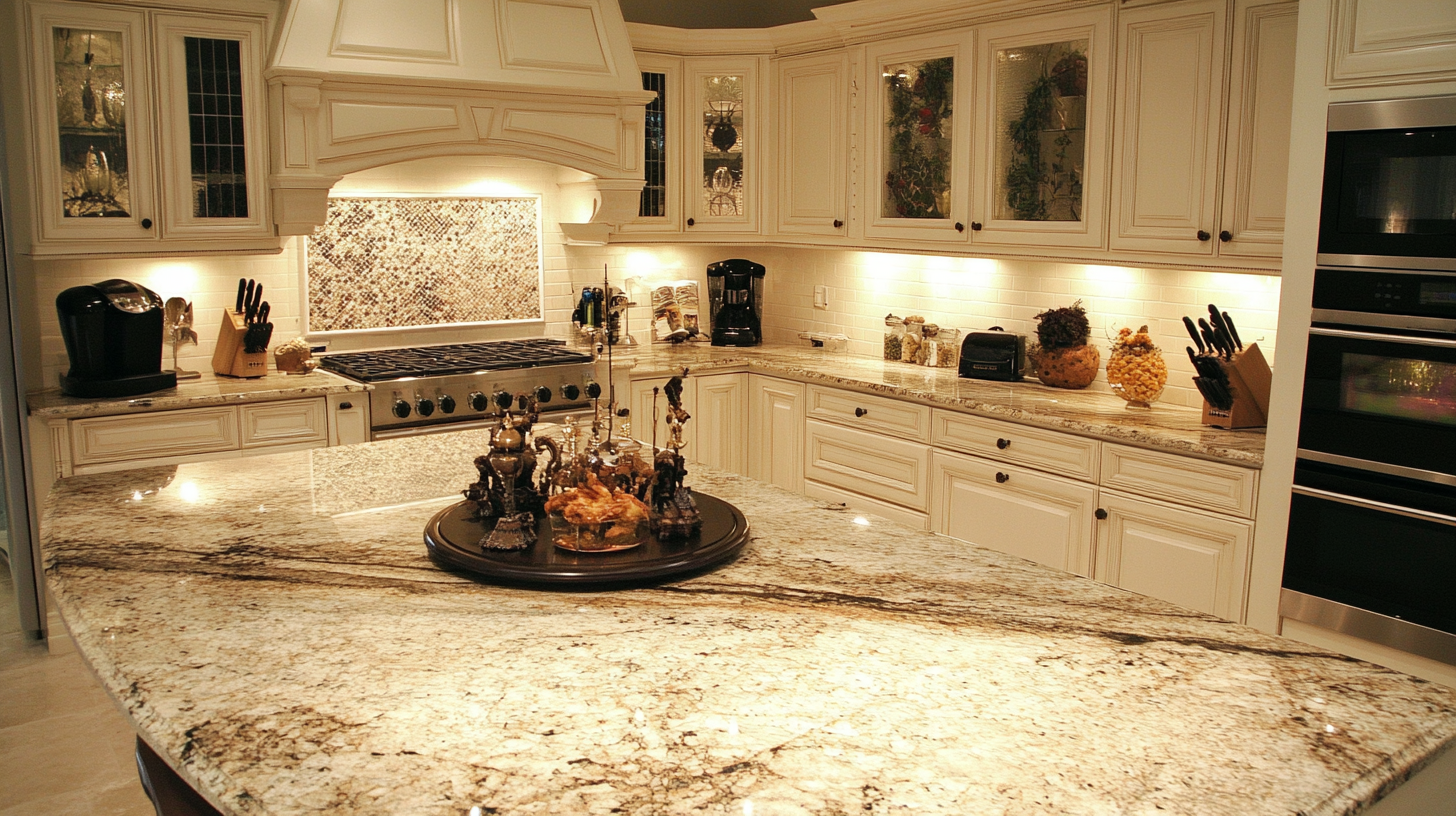10 Ways Your Home Is Quietly Draining Your Bank Account (And How to Fight Back)
Credit: freepik
Your home might look calm and collected on the outside—candles flickering, throw pillows perfectly placed—but behind the scenes, it might be running a covert operation to drain your finances. And it’s doing it in ways you barely notice. Until your bank balance starts raising its eyebrows.
Here’s exactly where your money’s leaking—and what to do about it before your house becomes your most expensive frenemy.
1. Your Appliances Are Secretly Running a Side Hustle—On Your Dime
Most of us assume that when something’s turned off, it’s off. But nope—your coffee machine, your TV, even that charger you haven’t touched in a week are still quietly pulling power from the grid. It’s called phantom energy use, and it can account for up to 10% of your energy bill. That’s money you’re literally spending on nothing.
Switching to smart power strips that cut electricity when devices aren’t in use can help stop the bleed. And yes, unplugging non-essentials really does make a difference—especially when it becomes a habit. It’s the easiest money-saving trick you’re probably not doing.
2. Drafty Windows Are Playing You Like a Breeze-Blown Fool
If your windows are letting in cold air during winter and hot air during summer, you’re not just uncomfortable—you’re overpaying. Your heating and cooling systems have to work overtime to maintain the temperature you want, and that constant energy battle shows up loud and clear on your utility bill.
The solution isn’t necessarily a full window replacement (unless you’re into that kind of renovation). Simple fixes like weatherstripping, caulking gaps, or adding heavy-duty thermal curtains can make a major difference. Bonus: your home will feel cozier and quieter too.
3. Your Water Heater Is Basically Burning Money in the Background
That old water heater in your basement? It might look harmless, but if it’s over 10 years old, it’s probably wildly inefficient. It takes longer to heat water and uses more energy while doing it. And if it has a tank, it’s constantly heating water even when you don’t need it—just in case you feel like washing dishes at 3 a.m.
Upgrading to a tankless or high-efficiency water heater can cut your costs dramatically. And while the upfront expense might seem hefty, you’ll feel the difference every single month when your energy bill finally stops acting like it’s on a shopping spree.
4. Your Thermostat Is Low-Key Sabotaging Your Wallet
We’ve all been there—cranking the heat because it’s freezing, forgetting to turn it down when we leave, and wondering why our bills are climbing like they’ve got a gym membership. If your thermostat is the old-school kind with zero intelligence, it’s costing you way more than you realize.
Smart, programmable thermostats don’t just look sleek—they learn your habits, adjust automatically, and can be controlled from your phone when you forget (because let’s face it, life’s chaotic). They prevent you from heating or cooling an empty house and fine-tune your energy use without you even noticing. Which is the kind of quiet brilliance your budget deserves.
5. That Constant Drip Isn’t Just Annoying—It’s Expensive
A leaky faucet seems innocent—maybe even ignorable—but those tiny, rhythmic drops add up to gallons of wasted water over time. And if you live in a city where water isn’t exactly cheap, you might be watching your money go quite literally down the drain.
Fixing it isn’t rocket science. Most leaks just need a washer replacement or a quick adjustment. If you’ve got a plumber on speed dial, great. If not, this is one of those DIY wins that pays off quickly. Either way, don’t let small problems quietly become costly ones.
6. Your Lighting Still Thinks It’s 1997
If you’re still using incandescent bulbs, you might as well be lighting your house with hundred-dollar bills. These old-school bulbs burn more energy, burn out faster, and heat up like they’re trying to roast marshmallows on your ceiling.
LED bulbs last way longer, use a fraction of the energy, and come in every aesthetic vibe you can imagine—from warm and cozy to bright and modern. Swapping out your lighting is one of the simplest upgrades you can make, and it starts saving you money the second you flip the switch.
7. Your Empty Rooms Are Partying Without You
Here’s the thing—just because a room exists doesn’t mean it needs to be fully powered and climate-controlled every day. Guest bedrooms, bonus rooms, and that weird nook you haven’t figured out what to do with yet are still soaking up energy if you’re heating, cooling, and lighting them like someone lives there full-time.
Closing vents in unused spaces, shutting doors, and rethinking how you use your square footage can shrink your utility bills fast. Even better—transform that wasted space into something useful so it earns its keep. Home office? Reading nook? Gym corner? Suddenly, it’s not just draining you—it’s inspiring you.
8. Your Perfect Lawn Is Financially High Maintenance
Everyone wants that lush, green, envy-inducing lawn until they see the water bill. If you’re constantly watering, fertilizing, mowing, and maintaining, you’re investing time, energy, and money into a patch of grass that gives you very little in return.
Low-maintenance landscaping is the new luxury. Think native plants, rock gardens, clover lawns, and drip irrigation systems that do more with less. It’s not just sustainable—it’s sophisticated. And your bank account will love you for it.
9. Your Insulation Is Doing the Bare Minimum (If Anything)
Outdated or poor insulation is one of those sneaky money drains you rarely think about—until you realize your heating and cooling bills are higher than they should be. It’s like dressing your house in a thin hoodie during a snowstorm and wondering why it’s cold inside.
Adding insulation to your attic, crawl spaces, and even behind your walls can make your home significantly more energy-efficient. It helps keep the temperature stable, which means less work for your HVAC system and more money staying where it belongs—on your side of the bank statement.
You’re Waiting for Things to Break Instead of Maintaining Them
Most people don’t budget for home repairs until something dramatic happens—like your furnace decides to die mid-winter or your roof starts leaking just in time for a thunderstorm. But waiting for a crisis is the most expensive way to run a home. By the time something breaks, you’re not just paying for the fix—you’re paying for the damage it caused along the way.
Regular maintenance might not be glamorous, but it’s the smart way to avoid those high-stress, high-cost emergencies.
That said, sometimes things still fall apart. If you find yourself needing an urgent repair—say, your hot water tank explodes or the plumbing decides to go rogue—consider applying for an emergency loan from MoneyKey to cover unexpected expenses. It’s a quick, flexible way to handle unexpected costs when you don’t have the savings to handle it. Stress is enough in a home repair emergency. You don’t need financial panic on top of it.







